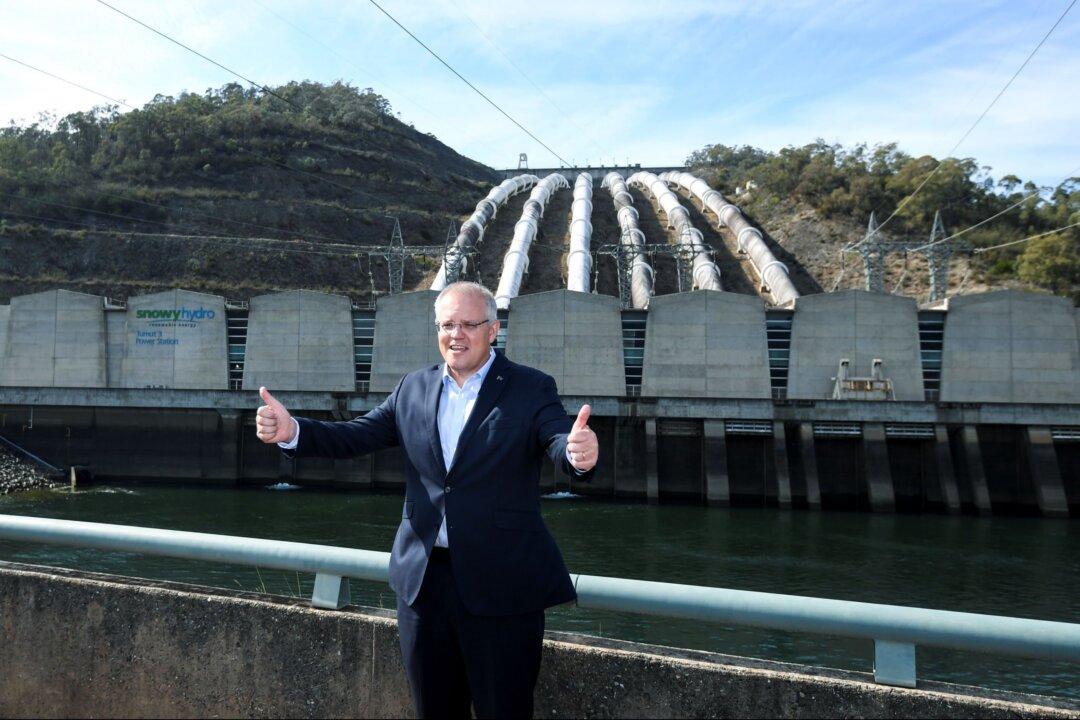A Coalition government will not cause wholesale electricity prices to jump or damage the health of Australian paychecks and still meet its U.N. mandated targets to reduce carbon emissions, the prime minister has said.
“We will meet our global commitments and do what is right for our environment, without taking a wrecking ball to the economy,” Prime Minister Scott Morrison said in a public statement on Feb. 25.





